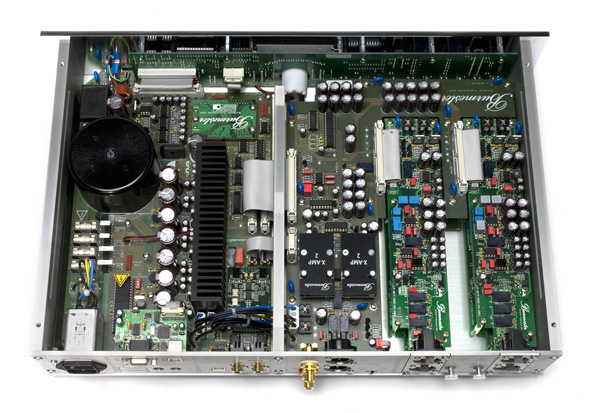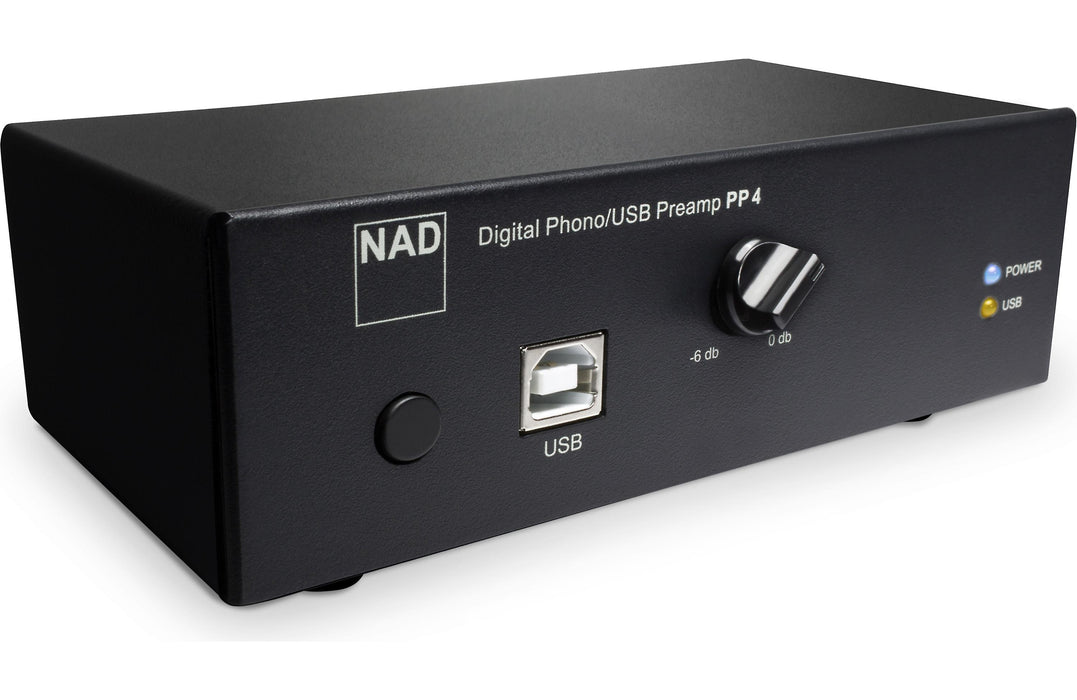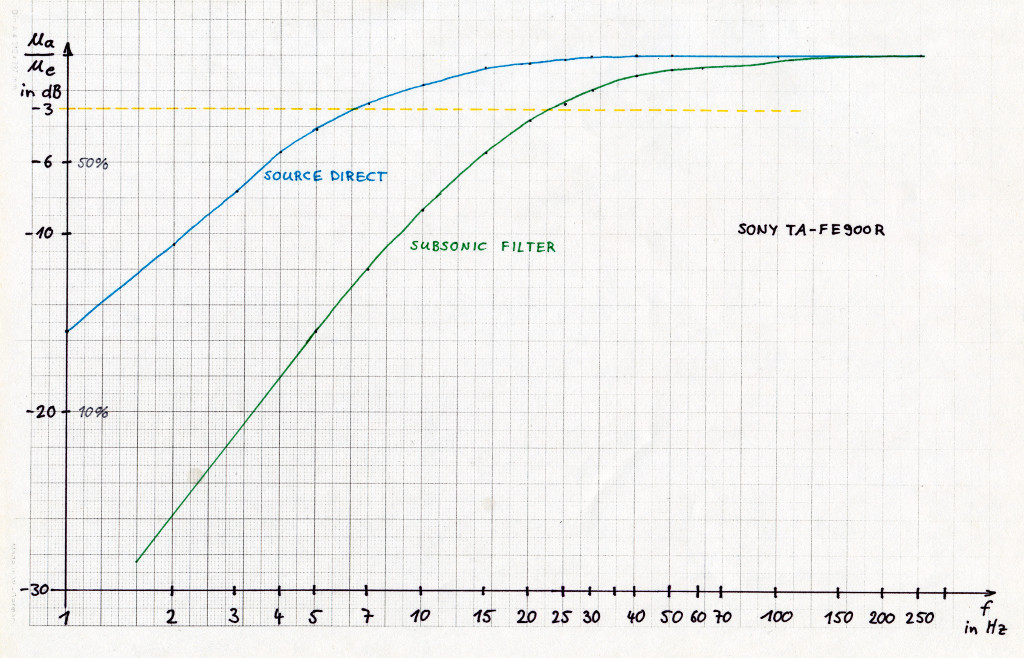
Look no further than the What Hi-Fi Best Phono Preamp list. In fact it is often just the opposite as it effectively does limit sub 20 HZ response and while not a brick wall filter can make many systems sound and work better.Are you a vinyl enthusiast looking for the best phono preamp to enhance your listening experience?

Now to be sure a low frequency roll off is not a totally bad thing. I have seen several designs that will not properly drive the folling stages because of the combination of the impedance of a capacitor too small in value (at bass frequencies) and the impedance of either (or both) the preamp output stage or the input of the following stage. Larger high quality capacitors cost more than smaller ones. Regardless of the capacitor size it will form a high pass filter. It is a function of design parameters that nearly always include at least one coupling capacitor.

Most phono preamps (tube and SS) have have an inherent roll off in the bass region. Inexpensive and poorly designed ones will exhibit the low frequency deficiency and to be sure there are many of those.
SUBSONIC FILTER PHONP PREAMP PLUS
Plus there are many high quality tube based amplifiers that do the same. It varies a bit from model to model though. Output transformer power handling normally collapses below 50Hz"Īll my designs have an F3 in the range of 10-15HZ. "Subsonic filtering is essential for valve amplification. Hi, As a designer of tube electronics I have to disagree with the statement See for yourself, get a spectrum analyzer and play some discs try to find 20Hz content. The extreme low frequency content of music is very low, an occasional grand piano note or organ note, and because of the limitations of the LP cutting and mastering process there is practically nothing on LP below about 40Hz. In my experience the benefits are significant and far outweigh any theoretical concern about loss of extreme low frequency musical content in the filter cut-off region. Units that include a sub sonic filter bypass switch permit the sonic effects of the filter on the music to be evaluated. Use of a subsonic filter is often successful in eliminating woofer flapping. Warps are very slow, 0.5Hz to 2Hz, whereas the surface ripple is higher in frequency at 4Hz -20Hz and may cause visible woofer flapping which is deleterious to the performance of the woofer.

It is not so much that the warps are troublesome as the presence of very slight ripple on the disc surface. One of the weak areas of LP playback is the low frequency region. (I suggest if your TT doesn't exhibit rumble then a subsonic filter is probably unnecessary - so you certainly want to be able to switch it out!) that of woofer cones slowly going in and out. :lol:Īnd I've never experienced the problem that purveyors of subsonic filters will have you believe is a problem. That being said, I've never owned a phono stage which said it had a subsonic filter - so I've never felt I was missing out by not having one. I would agree with you, Craig, that it's better to have a subsonic filter that can be switched off. The Tube Box is over twice the price of the Phono Box so I am assuming the tubes have something to do with this or maybe I am wrong? Wouldn't it be better for the listener to have the option to have the filter on or off? In particular, the Pro-Ject Phono Box S has a switchable and the Pro-Ject Tube Box S's filter is non-switchable. Looking to buy a phono preamp and am wondering about the fact some of these amps have subsonic filters and some have switchable subsonic filters.


 0 kommentar(er)
0 kommentar(er)
